New arrivals usb rechargeable uvC-clean portable clothes toys sterilization bag led uvc light sterilizer bag
New arrivals usb rechargeable uvC-clean portable clothes toys sterilization bag led uvc light sterilizer bag
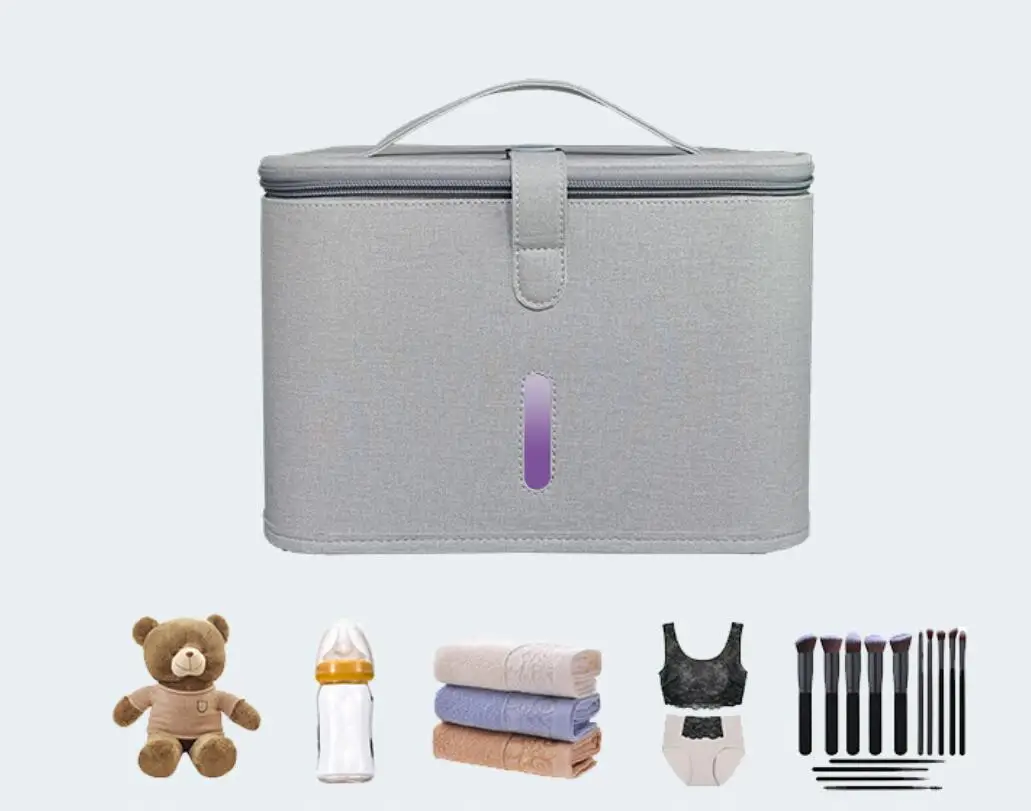
1. What is UV?
UV is Ultraviolet is an electromagnetic wave with a wavelength between 10nm and 400nm. UV in different bands can be divided into UVA, UVB, and UVC.
UVA: The wavelength is longer, the wavelength is between 320-400nm, can penetrate the cloud layer, glass into the room and the car, can penetrate into the skin dermis layer, it will cause tanning. UVA can be further subdivided into UVA-2 (320-340nm) and UVA-1 (340-400nm).
UVB: The wavelength is centered, the wavelength is between 280-320nm, it will be absorbed by the ozone layer, it will cause sunburn and redness, swelling, heat and pain of the skin. In severe cases, it will blisters or peel.
UVC: The wavelength is between 100-280nm, but because the wavelength below 200nm is vacuum ultraviolet, it can be absorbed by the air, so the wavelength that UVC can pass through the atmosphere is between 200-280nm, the shorter the wavelength, the more dangerous, but because of Can be blocked by the ozone layer, only a small amount will reach the surface of the earth.
2. What is the mechanism of UV sterilization?
UV can destroy the DNA (deoxyribonucleic acid) or RNA (ribonucleic acid) molecular structure of microorganisms, make the bacteria die or cannot reproduce, so as to achieve the purpose of sterilization. .It is UVC ultraviolet rays that really have a bactericidal effect, because C-band ultraviolet rays are easily absorbed by biological DNA, especially ultraviolet rays around 253.7nm are the best.
The sterilization characteristics of UVC:
High-efficiency sterilization: The bactericidal effect of ultraviolet rays on bacteria and viruses is generally completed within a few seconds, almost instantaneously, and the sterilization and disinfection capacity is 600-3000 times greater than that of chlorine.
Broad-spectrum sterilization: ultraviolet technology in all current disinfection technology, the broad-spectrum sterilization is the highest. It can efficiently kill almost all bacteria and viruses.
More complete sterilization: The combination of ultraviolet rays and ozone (UVC + O3) can exert more powerful and thorough sterilization and disinfection power. Ultraviolet rays directly illuminate the air and the surface of the object to achieve strong sterilization and disinfection; ozone penetrates into all corners of the room with the air to completely kill indoor bacteria.
Complete environmental protection: The ultraviolet light emitted by the ultraviolet lamp is used for sterilization and disinfection. The ultraviolet light irradiates the oxygen in the air to generate ozone, and the ozone strongly oxidizes to kill bacteria and viruses. The entire sterilization process does not need to add any chemical agents, truly achieving complete environmental protection.
There is no drug resistance: UV or ozone directly destroys DNA, RNA, protein, etc. in bacterial virus cells, causing the cell to die directly and unable to reproduce and replicate, there is no drug resistance. The sterilization of other chemical agents will make the bacteria and viruses resistant, resulting in the ineffectiveness of the sterilization effect of the chemical agent.
No secondary pollution: ultraviolet rays and ozone cause bacterial viruses to die directly without any other chemical pollutants; at the same time, ozone is converted into oxygen at room temperature for 15-30 minutes (ozone half-life) without any residual secondary pollution.
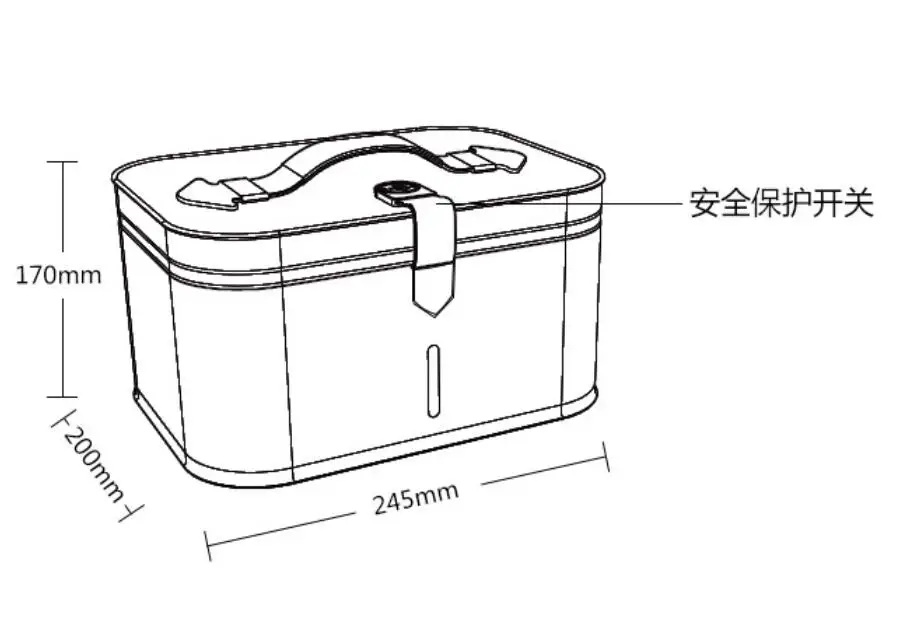
Light weight and portable, short sterilization time, long service life, can be widely used in textiles (such as underwear, socks, etc.), beauty tools (such as makeup brushes, puff sponges, etc.), plastic products (such as bottles, pacifiers , Tooth gum, etc.), electronic products (such as mobile phones, headphones, IPAD, etc.), ceramics and metal products (such as water cups, tea cups, dishes, stethoscope lights) sterilization, 3 minutes to kill common food-borne Germs, sterilization rate up to 99.99%.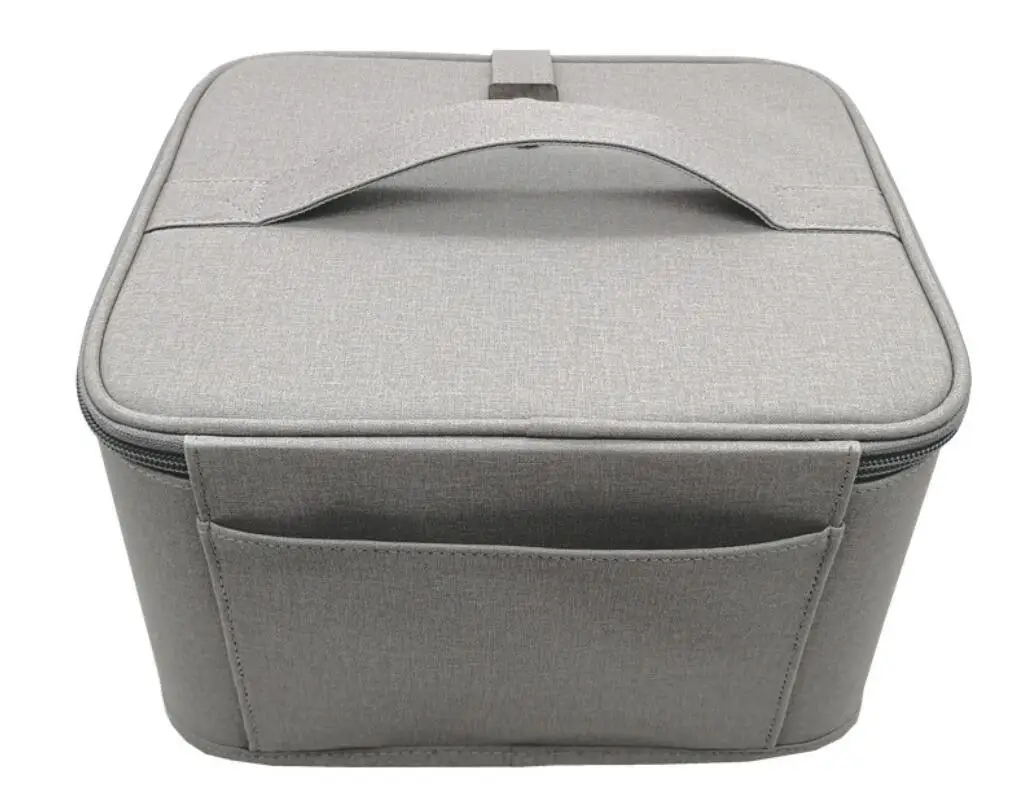
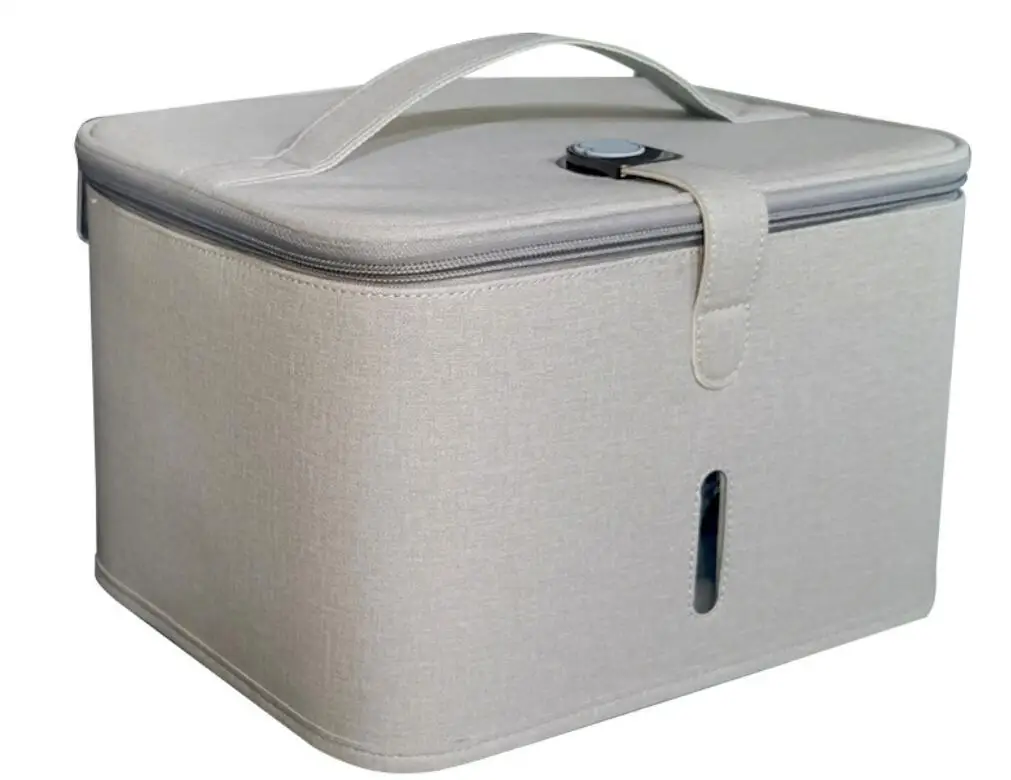
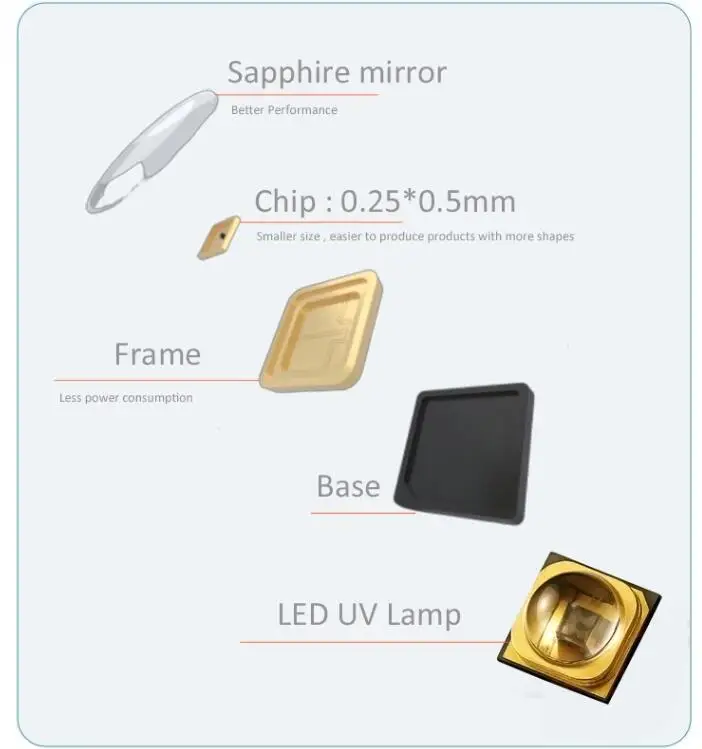
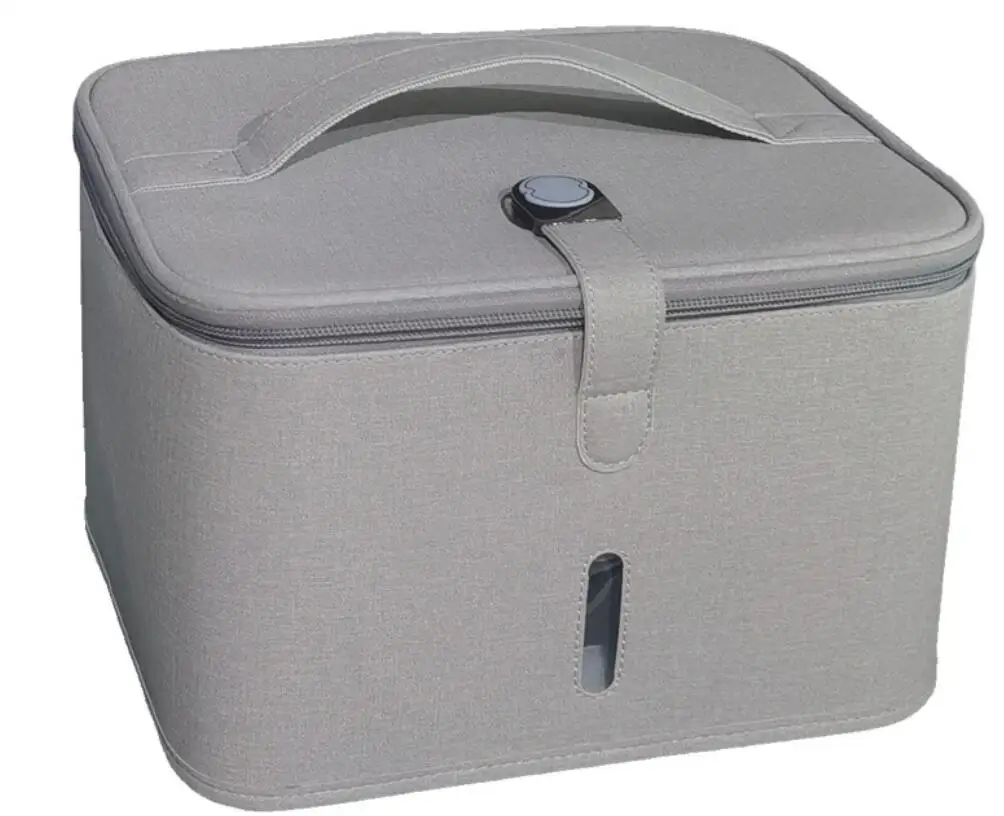
1: UVC LED green disinfection: no ozone, no mercury pollution, portable and easy to operate! The sterilization rate reached 99.9%.
2: USB 5V / 2A power supply, external charging treasure, mobile phone charger, computer. Can be disinfected anytime, anywhere.
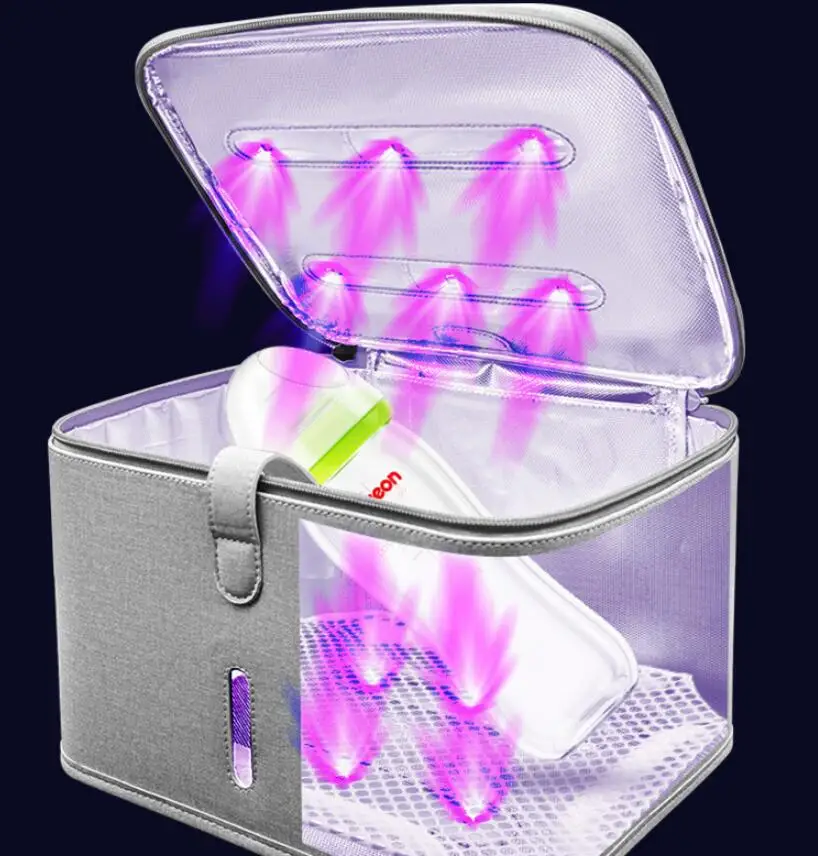
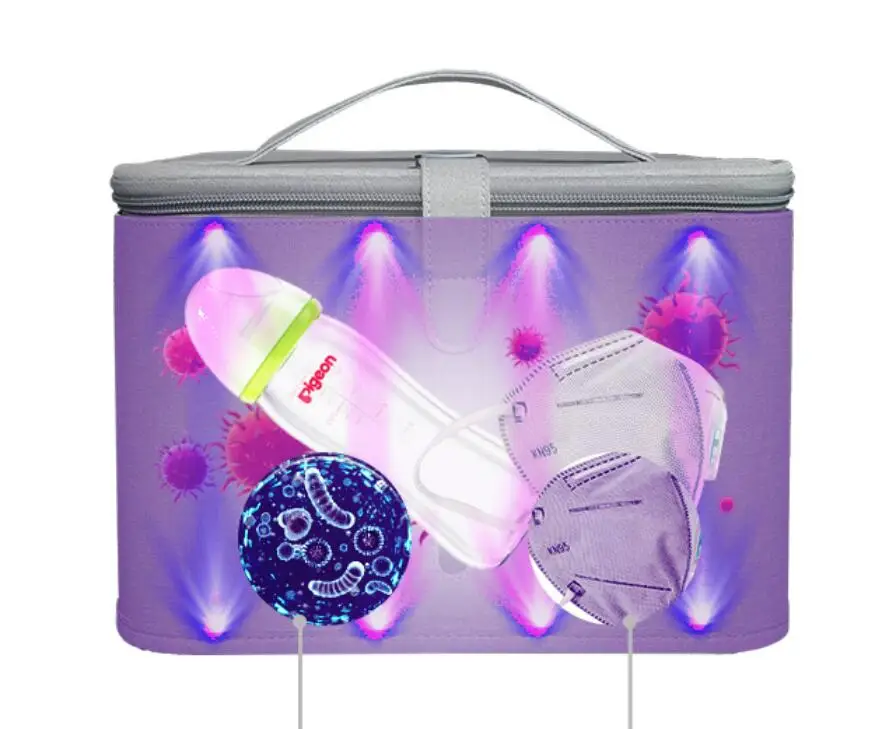
UVC sterilization efficiency
UVC ultraviolet sterilization efficiency of common bacteria and viruses (radiation intensity: 30000μW / cm2)
Bacteria name killing time:
Bacillus anthracis 0.3 seconds
Tetanus 0.3 seconds
Dysentery bacillus 1.5 seconds
E. coli 0.4 seconds
Staphylococcus 1.3 seconds
Mycobacterium tuberculosis 0.4 seconds
Influenza virus 0.3 seconds
Poliovirus 0.8 seconds
Hepatitis B virus 0.8 seconds
Bacteriophage 0.2 seconds
Aspergillus niger 0.3 ~ 6.7 seconds
Mucor genus 4.6 seconds
Penicillium genus 0.9 ~ 3.0 seconds
Blue-green algae 10 ~ 40 seconds
Nematode egg 3.4 seconds
Chlorella 1.2 seconds
Protozoa 4.0 ~ 6.7 seconds
White spot disease 2.7 seconds
Infectious pancreatic necrosis 4.0 seconds
Viral hemorrhage 1.6 seconds
Welcome to contact us to get more details.

1. What is UV?
UV is Ultraviolet is an electromagnetic wave with a wavelength between 10nm and 400nm. UV in different bands can be divided into UVA, UVB, and UVC.
UVA: The wavelength is longer, the wavelength is between 320-400nm, can penetrate the cloud layer, glass into the room and the car, can penetrate into the skin dermis layer, it will cause tanning. UVA can be further subdivided into UVA-2 (320-340nm) and UVA-1 (340-400nm).
UVB: The wavelength is centered, the wavelength is between 280-320nm, it will be absorbed by the ozone layer, it will cause sunburn and redness, swelling, heat and pain of the skin. In severe cases, it will blisters or peel.
UVC: The wavelength is between 100-280nm, but because the wavelength below 200nm is vacuum ultraviolet, it can be absorbed by the air, so the wavelength that UVC can pass through the atmosphere is between 200-280nm, the shorter the wavelength, the more dangerous, but because of Can be blocked by the ozone layer, only a small amount will reach the surface of the earth.
2. What is the mechanism of UV sterilization?
UV can destroy the DNA (deoxyribonucleic acid) or RNA (ribonucleic acid) molecular structure of microorganisms, make the bacteria die or cannot reproduce, so as to achieve the purpose of sterilization. .It is UVC ultraviolet rays that really have a bactericidal effect, because C-band ultraviolet rays are easily absorbed by biological DNA, especially ultraviolet rays around 253.7nm are the best.
The sterilization characteristics of UVC:
High-efficiency sterilization: The bactericidal effect of ultraviolet rays on bacteria and viruses is generally completed within a few seconds, almost instantaneously, and the sterilization and disinfection capacity is 600-3000 times greater than that of chlorine.
Broad-spectrum sterilization: ultraviolet technology in all current disinfection technology, the broad-spectrum sterilization is the highest. It can efficiently kill almost all bacteria and viruses.
More complete sterilization: The combination of ultraviolet rays and ozone (UVC + O3) can exert more powerful and thorough sterilization and disinfection power. Ultraviolet rays directly illuminate the air and the surface of the object to achieve strong sterilization and disinfection; ozone penetrates into all corners of the room with the air to completely kill indoor bacteria.
Complete environmental protection: The ultraviolet light emitted by the ultraviolet lamp is used for sterilization and disinfection. The ultraviolet light irradiates the oxygen in the air to generate ozone, and the ozone strongly oxidizes to kill bacteria and viruses. The entire sterilization process does not need to add any chemical agents, truly achieving complete environmental protection.
There is no drug resistance: UV or ozone directly destroys DNA, RNA, protein, etc. in bacterial virus cells, causing the cell to die directly and unable to reproduce and replicate, there is no drug resistance. The sterilization of other chemical agents will make the bacteria and viruses resistant, resulting in the ineffectiveness of the sterilization effect of the chemical agent.
No secondary pollution: ultraviolet rays and ozone cause bacterial viruses to die directly without any other chemical pollutants; at the same time, ozone is converted into oxygen at room temperature for 15-30 minutes (ozone half-life) without any residual secondary pollution.

Light weight and portable, short sterilization time, long service life, can be widely used in textiles (such as underwear, socks, etc.), beauty tools (such as makeup brushes, puff sponges, etc.), plastic products (such as bottles, pacifiers , Tooth gum, etc.), electronic products (such as mobile phones, headphones, IPAD, etc.), ceramics and metal products (such as water cups, tea cups, dishes, stethoscope lights) sterilization, 3 minutes to kill common food-borne Germs, sterilization rate up to 99.99%.

Advantage:
l 4-in-1, UVC 254nm + ozone + TiO2 + negative ion sterilization bag
l Portable and modern design
l Sterilization for baby toys, bottles, underwear, make-up, sex toys, towel
l It’s tested that sterilization rate reaches up to 99.9%


| Product Name | 2020 UVC light toys ultrasonic uv disinfection box cabinet uv sterilizer phone |
| Size | 240*195*150mm |
| Size of Outer packing | 270*220*180mm |
| Net Weight | 620g |
| LED Chip | 12pcs uvc |
| Voltage | DC5V |
| Wavelength | 270--280nm |
| Package | 6pcs/ctn |
| Carton Size | 820*210*320mm |
| G.W | 11.5KG |

1: UVC LED green disinfection: no ozone, no mercury pollution, portable and easy to operate! The sterilization rate reached 99.9%.
2: USB 5V / 2A power supply, external charging treasure, mobile phone charger, computer. Can be disinfected anytime, anywhere.
3: Using deep ultraviolet LED UVC band 260NM-280NM, one-minute disinfection quickly without waiting.
4: Scope of application: baby bottles, underwear, maternity and baby products, mobile phones, cosmetics, masks, gently press, safer and more reliable, healthy partner.
5: The magical deep ultraviolet disinfection technology, derived from aerospace technology, purely physical disinfection, no chemical residues.


UVC sterilization efficiency
UVC ultraviolet sterilization efficiency of common bacteria and viruses (radiation intensity: 30000μW / cm2)
Bacteria name killing time:
Bacillus anthracis 0.3 seconds
Tetanus 0.3 seconds
Dysentery bacillus 1.5 seconds
E. coli 0.4 seconds
Staphylococcus 1.3 seconds
Mycobacterium tuberculosis 0.4 seconds
Influenza virus 0.3 seconds
Poliovirus 0.8 seconds
Hepatitis B virus 0.8 seconds
Bacteriophage 0.2 seconds
Aspergillus niger 0.3 ~ 6.7 seconds
Mucor genus 4.6 seconds
Penicillium genus 0.9 ~ 3.0 seconds
Blue-green algae 10 ~ 40 seconds
Nematode egg 3.4 seconds
Chlorella 1.2 seconds
Protozoa 4.0 ~ 6.7 seconds
White spot disease 2.7 seconds
Infectious pancreatic necrosis 4.0 seconds
Viral hemorrhage 1.6 seconds
Welcome to contact us to get more details.
评论
发表评论